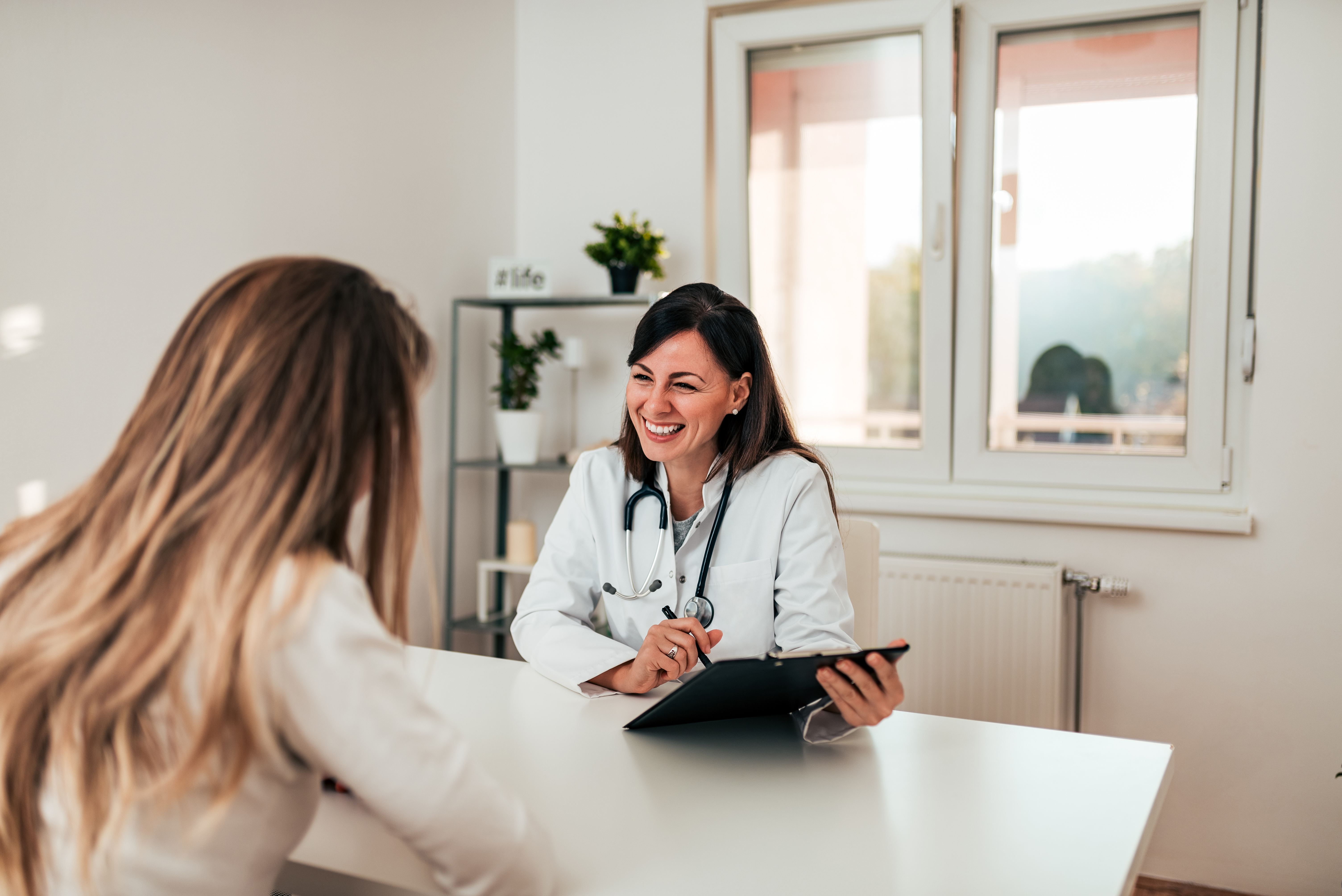Your Top Questions Answered: Employee Benefits in a Post-Pandemic World
Although 2020 is behind us, the global pandemic is ongoing and many employers have or will be forced to manage employee benefits in this new normal. During annual enrollment season, HR professionals focused on navigating employee communications in a remote-work environment to clearly communicate their organization’s benefits and drive healthier populations. Now that enrollment season has ended for most companies, employers should focus on workers’ expectations for benefits in 2021 and beyond.
In December 2020, Jellyvision, a benefits software company, surveyed employees across the country to find out how the experiences of 2020 changed their expectations. Here’s what it found:

So, what does this mean for your organization? Employee needs shift constantly, and HR leaders must recognize those changes to continue supporting their populations year over year. Considering how healthcare costs have risen in recent years, this is not surprising. According to the Kaiser Family Foundation, the average premium for family coverage has increased 22% over the last 5 years and 55% over the last decade.
Taking all of this into consideration, we’re answering your top questions about how to ensure benefits satisfaction, create meaningful benefits education, and offer a personalized experience in 2021 and beyond.
What benefits are employees asking for post-COVID-19?
Ensuring benefits satisfaction is at the top of the list of considerations because employee needs shift constantly and HR leaders need to recognize those changes to continue supporting their population year over year. Especially in a post-COVID-19 world, there are a number of benefits at the top of employees’ wish lists. When asked what benefit employees would most want in 2021, the top ten responses were:
- Gym or fitness membership
- Food stipend (in-office or at-home snacks and meals)
- Workplace stipend (for technology, desk, chair, etc.)
- Health savings account (HSA)
- Healthcare advocacy and navigation programs
- Flexible savings account (FSA)
- Free or reduced-cost child care
- Paid family leave
- Telemedicine
- Tuition or student loan reimbursement
Source: The State of Employee Benefits in a Post-Pandemic Workforce
What is the best way to effectively communicate employee benefits?
The hardships of 2020 highlighted the importance of health and wellness benefits and, when surveyed, 91% of employees said they believe it is important to understand their benefits. While annual enrollment is a timely opportunity to educate employees on their benefits, organizations should focus on their benefit communications strategy year-round. The level of worker engagement in 2021 is rare and is an opportunity that benefits leaders should not pass up.
One of the main barriers to taking advantage of employee benefits is lack of awareness. Employers should avoid using a one-size-fits-all communication method that will likely isolate a large chunk of their workforce instead.
1. Focus on a customized approach that meets employees where they are by using various touchpoints and communicating through multiple digital channels. Virtual health fairs, virtual office hours, and printed materials can provide new ways for employees to get involved in their benefits.
2. Avoid over complicated language that makes it hard for employees to understand their options and be intentional with every message delivered to employees. Ensure that all benefits communications is purposeful and provides clear, concise messaging.
How can employee benefit education be improved?
It is critical for organizations to understand that their employees find benefits selection stressful. Employees recognize that their benefits are important and they are worried about making the wrong decisions. In fact, 1 in 4 employees spend 7+ hours researching medical insurance on their own and, overwhelmingly, employees want a more personalized approach to their benefits.
Talking about benefits only during open enrollment season is not enough. Organizations should communicate to employees about their benefits in a personalized way that reflects seasons and life events throughout the year. For employees going through major life events like starting a family, getting married, or taking a leave of absence, have information prepared ahead to help guide them through their planning.
Additionally, take this opportunity to consider more personalized ways to engage with your employees during the benefits selection process. Consider investing in an interactive tool that asks questions and delivers personalized recommendations or ask your benefits adviser to offer 1:1 consultations for employees with questions.
As an HR leader, educating your employees on their benefits and supporting them through the selection process will be critical to keeping workers engaged. By taking a comprehensive approach that ensures benefit satisfaction, provides employee education, and creates a personalized experience, you can help lower costs for your employees and your organization. With costs of care rising as a result of the COVID-19 pandemic, focusing on employee health and wellness has never been more important.
Ensuring your employees are taking full advantage of their health benefits should be a top priority. Learn how Premise Health can help optimize your employee benefits. Contact us today.
Next on industry insights.

Why Payers Need Advanced Primary Care
Read the Blog
The Importance of Primary Care Access for Large Organizations
Read the Blog